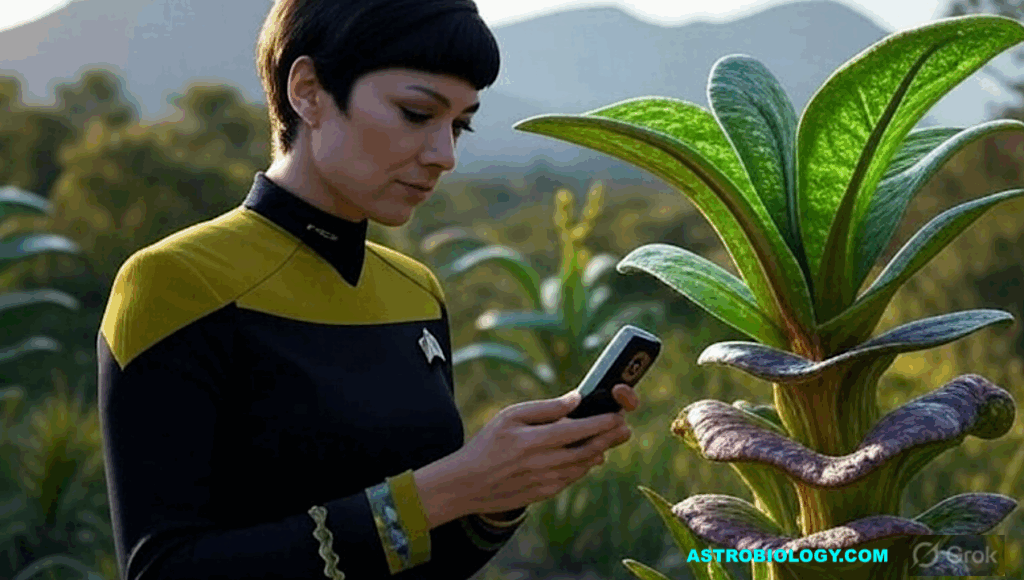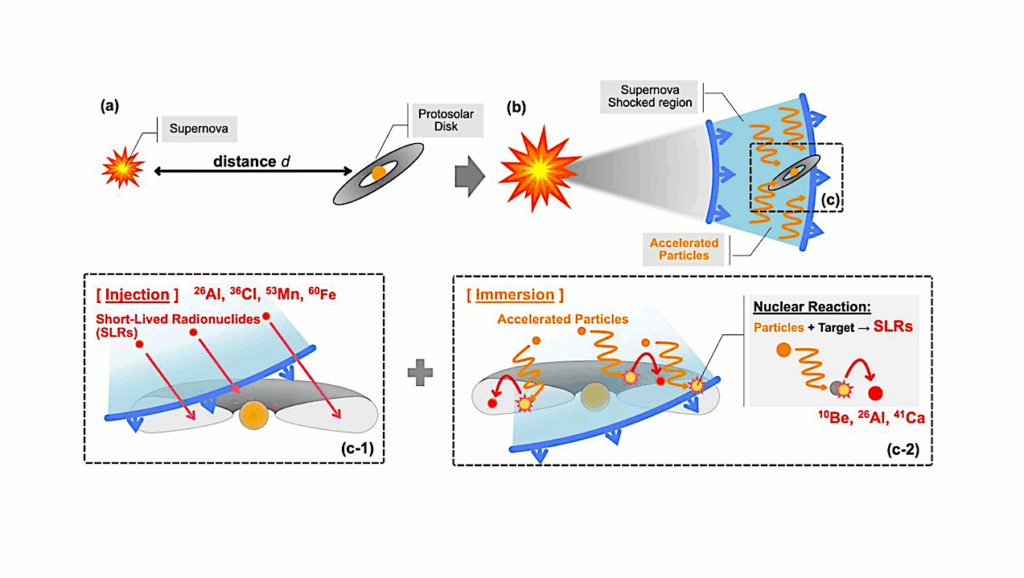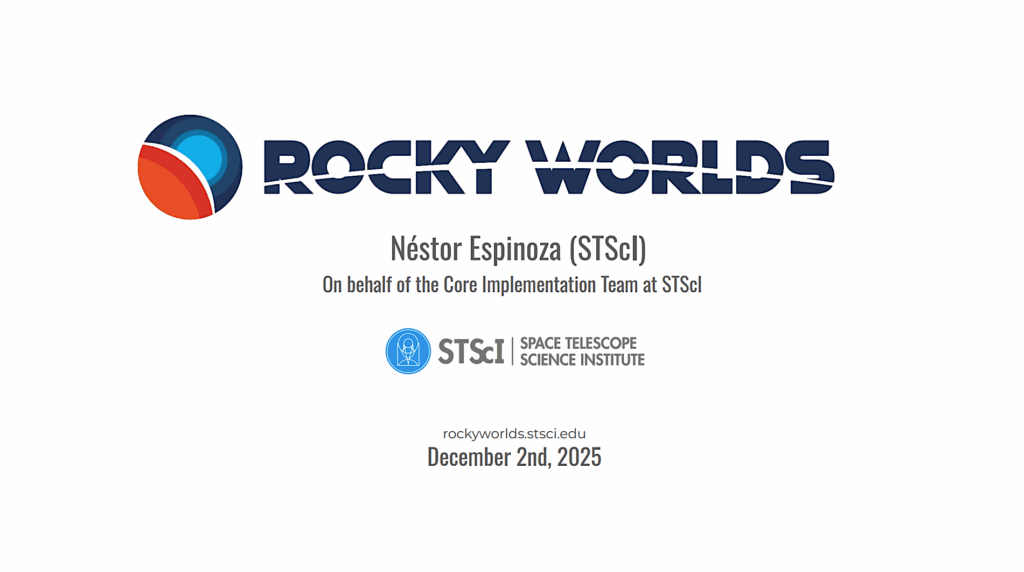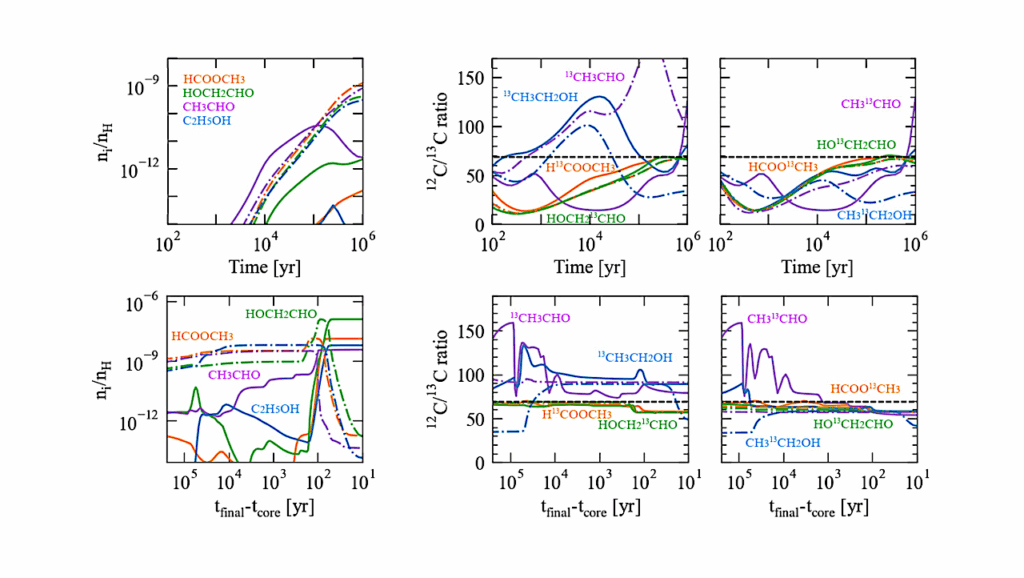Two Warm Super-Earths Transiting the Nearby M Dwarf TOI-2095
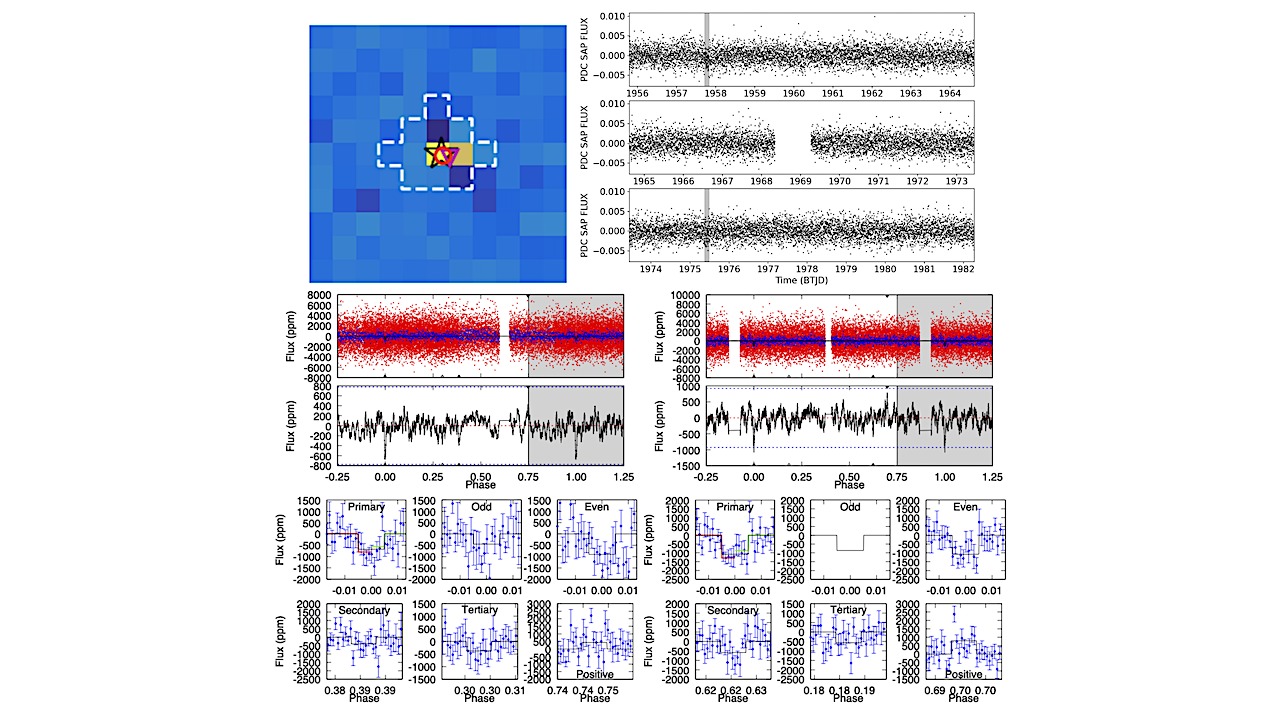
We report the detection and validation of two planets orbiting TOI-2095 (TIC 235678745). The host star is a 3700K M1V dwarf with a high proper motion. The star lies at a distance of 42 pc in a sparsely populated portion of the sky and is bright in the infrared (K=9).
With data from 24 Sectors of observation during TESS’s Cycles 2 and 4, TOI-2095 exhibits two sets of transits associated with super-Earth-sized planets. The planets have orbital periods of 17.7 days and 28.2 days and radii of 1.30 and 1.39 Earth radii, respectively. Archival data, preliminary follow-up observations, and vetting analyses support the planetary interpretation of the detected transit signals. The pair of planets have estimated equilibrium temperatures of approximately 400 K, with stellar insolations of 3.23 and 1.73 times that of Earth, placing them in the Venus zone.
The planets also lie in a radius regime signaling the transition between rock-dominated and volatile-rich compositions. They are thus prime targets for follow-up mass measurements to better understand the properties of warm, transition radius planets. The relatively long orbital periods of these two planets provide crucial data that can help shed light on the processes that shape the composition of small planets orbiting M dwarfs.
Elisa V. Quintana, Emily A. Gilbert, Thomas Barclay, Michele L. Silverstein, Joshua E. Schlieder, Ryan Cloutier, Samuel N. Quinn, Joseph E. Rodriguez, Andrew Vanderburg, Benjamin J. Hord, Dana R. Louie, Colby Ostberg, Stephen R. Kane, Kelsey Hoffman, Jason F. Rowe, Giada N. Arney, Prabal Saxena, Taran Richardson, Matthew S. Clement, Nicholas M. Kartvedt, Fred C. Adams, Marcus Alfred, Travis Berger, Allyson Bieryla, Paul Bonney, Patricia Boyd, Charles Cadieux, Douglas Caldwell, David R. Ciardi, David Charbonneau, Karen A. Collins, Knicole D. Colon, Dennis M. Conti, Mario Di Sora, Shawn Domagal-Goldman, Jessie Dotson, Thomas Fauchez, Maximilian N. Günther, Christina Hedges, Giovanni Isopi, Erika Kohler, Ravi Kopparapu, Veselin B. Kostov, Jeffrey A. Larsen, Eric Lopez, Franco Mallia, Avi Mandell, Susan E. Mullally, Rishi R. Paudel, Brian P. Powell, George R. Ricker, Boris S. Safonov, Richard P. Schwarz, Ramotholo Sefako, Keivan G. Stassun, Robert Wilson, Joshua N. Winn, Roland K. Vanderspek
Comments: Submitted to AAS Journals
Subjects: Earth and Planetary Astrophysics (astro-ph.EP)
Cite as: arXiv:2304.09189 [astro-ph.EP] (or arXiv:2304.09189v1 [astro-ph.EP] for this version)
Submission history
From: Elisa Quintana
[v1] Tue, 18 Apr 2023 18:00:00 UTC (7,129 KB)
https://arxiv.org/abs/2304.09189
Astrobiology


